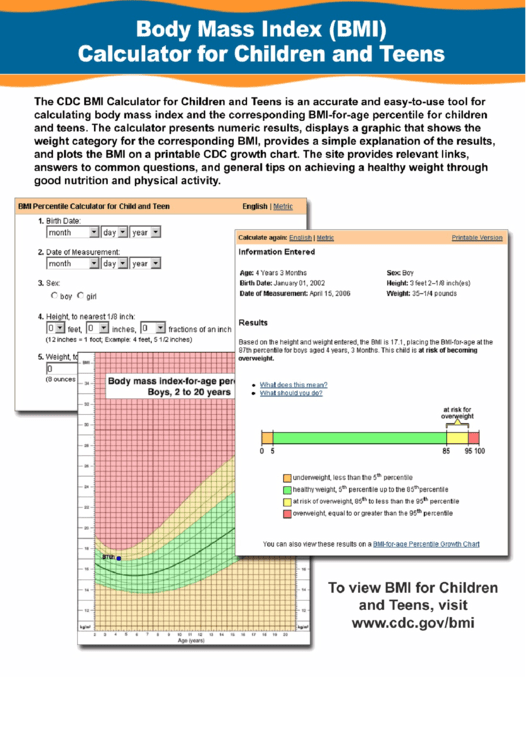

While readings can be affected by hydration level and other factors, they provide fairly accurate results over time. Bioelectrical impedance: This common method of assessing body fat percentage determines total body weight, the percent and amount of body fat, muscle mass, water, and even bone mass.High body mass index is an important risk factor for the development of type 2 diabetes. Sanada, H., Yokokawa, H., Yoneda, M., Yatabe, J., Sasaki, Y. Association of Body Mass Index With Blood Pressure Among 1.7 Million Chinese Adults. C., Lu, J., Lu, Y., Sun, X., Xu, W., Nasir, K., Schulz, W., Jiang, L., & Krumholz, H. Body mass index and the risk of stroke in men. Association of Body Mass Index With Lifetime Risk of Cardiovascular Disease and Compression of Morbidity. Body-mass index and risk of 22 specific cancers: a population-based cohort study of 5♲4 million UK adults.

Individuals who carry a substantially high level of lean mass (e.g., bodybuilders or powerlifters) may fall into the overweight or obese category based solely on BMI but may have body fat percentages in the single digits.Ĭonversely, people who carry a minimal amount of lean mass (e.g., highly sedentary people) may fall into the normal/healthy category based solely on BMI but may have levels of body fat that would be considered overweight or obeseīhaskaran, K., Douglas, I., Forbes, H., dos-Santos-Silva, I., Leon, D.
#ASCENSION CLAY COUNTY BODY MASS INDEX CALCULATOR FULL#
However, on an individual level, BMI can be less accurate, and it is best used in conjunction with other data (e.g., body composition tests) in the full assessment of an individual’s weight status. Furthermore, it is a good tool for estimating risk for specific outcomes (e.g., mortality, cardiovascular disease, diabetes). As such, on a population level, BMI can approximate levels of adiposity to a useful degree. However, it is a tool based on large sample sizes and is primarily used as a risk prediction tool over large numbers of people. It is important to understand that BMI does not discriminate between fat mass and lean mass and does not directly address adiposity (i.e., body fat percentage). However, oftentimes these discussions fail to understand exactly what BMI is and how best to utilize it as a tool. Those with a BMI of 30 or higher have reported a roughly 2-fold increase in the risk of stroke (Kurth et al., 2002).īMI is often debated as not being a useful tool. Stroke: Stroke is the fifth leading cause of disease among adults in the United States.Some evidence shows that for every unit increase in BMI, there is a 1-2 mmHg increase in blood pressure (Linderman et al., 2018). Hypertension: Hypertension, or elevated blood pressure, is one of the leading modifiable risk factors for cardiovascular disease.For example, higher BMI is associated with higher rates of liver and colon cancer (Bhaskaran et al., 2014).

However, BMI is linked to some forms of cancer.

This is especially true when BMI is utilized to predict the risk of chronic diseases and many of the leading causes of death. When we look at human health data, BMI is one of the most effective risk prediction tools we have in modern medicine. BMI is an incredibly useful tool for risk prediction.


 0 kommentar(er)
0 kommentar(er)
